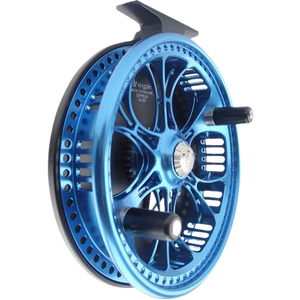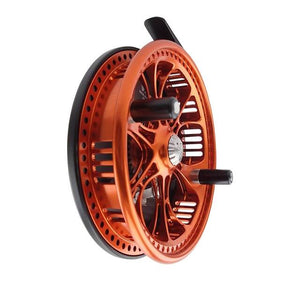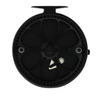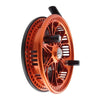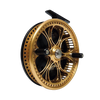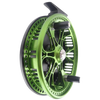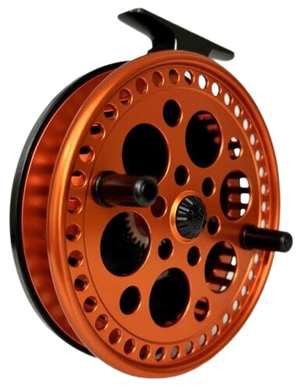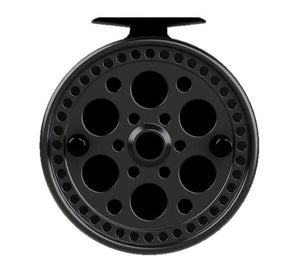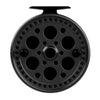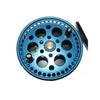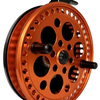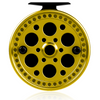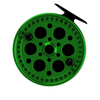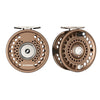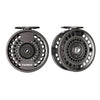-

 Vendor:Daiwa
Vendor:DaiwaDaiwa 25 Saltiga G Saltwater Spinning Reel
Regular price $1,499.99 CADRegular price -
Special Order
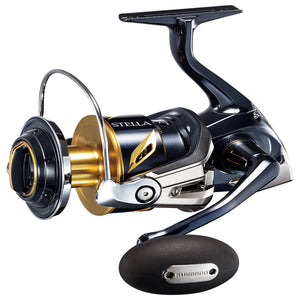
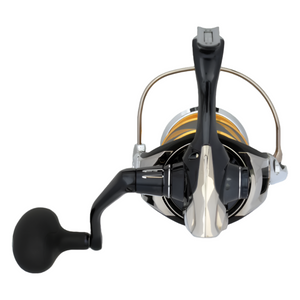 Vendor:Shimano
Vendor:ShimanoShimano Stella SW C Spinning Reel (Special Order)
Regular price From $1,489.99 CADRegular price -
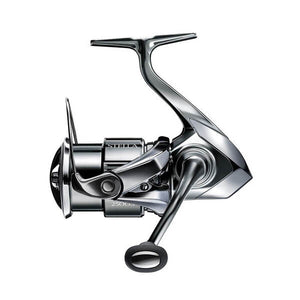
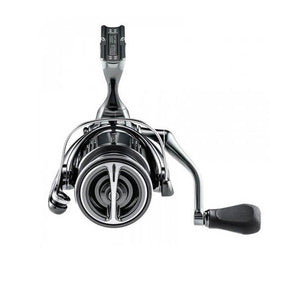 Vendor:Shimano
Vendor:ShimanoShimano Stella FK Spinning Reel
Regular price From $1,249.99 CADRegular price -
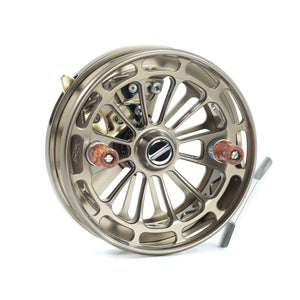
 Vendor:Islander
Vendor:IslanderIslander C5 Float Reel
Regular price $1,199.99 CADRegular price -
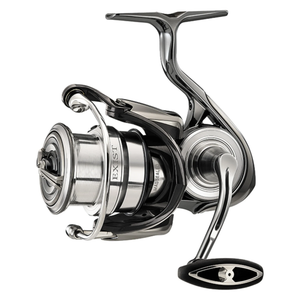
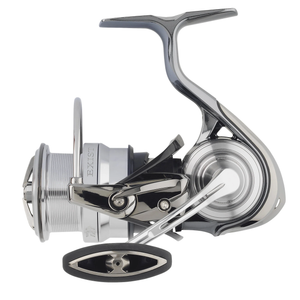 Vendor:Daiwa
Vendor:DaiwaDaiwa Exist G LT Spinning Reel
Regular price $1,199.99 CADRegular price -
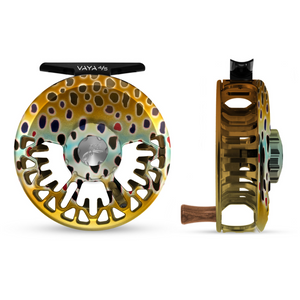
 Vendor:Abel
Vendor:AbelAbel Vaya Series Fly Reel
Regular price From $1,099.99 CADRegular price -
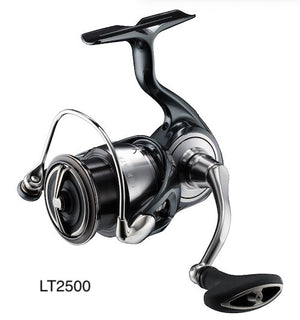 Vendor:Daiwa
Vendor:DaiwaDaiwa 24 Certate LT Spinning Reel
Regular price $799.99 CADRegular price -


-
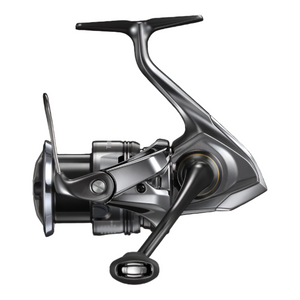 Vendor:Shimano
Vendor:ShimanoShimano Twin Power FE Spinning Reel
Regular price $699.99 CADRegular price -

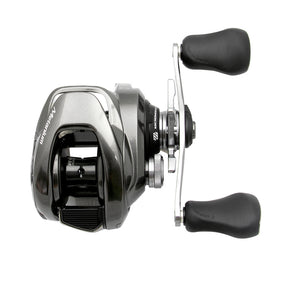 Vendor:Shimano
Vendor:ShimanoShimano Metanium Mgl Baitcaster Reel
Regular price $699.99 CADRegular price -
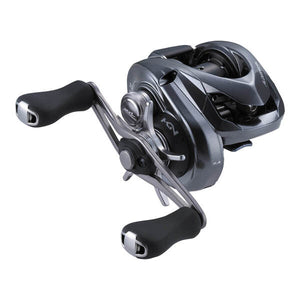 Vendor:Shimano
Vendor:ShimanoAldebaran Mgl Baitcaster Reel
Regular price $659.99 CADRegular price -
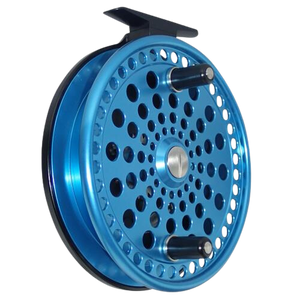
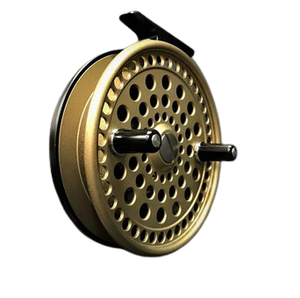 Vendor:Kingpin
Vendor:KingpinKingpin 475 Imperial Centerpin Float Reel
Regular price From $649.99 CADRegular price -
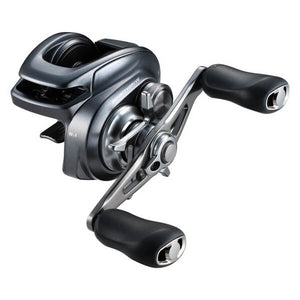 Vendor:Shimano
Vendor:ShimanoShimano Bantam Baitcaster Reel
Regular price $569.99 CADRegular price -

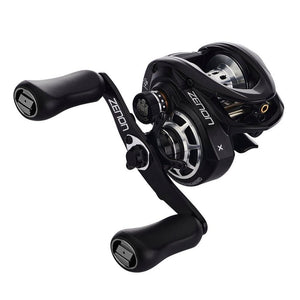 Vendor:Abu Garcia
Vendor:Abu GarciaAbu Garcia Zenon X Low Profile Reel
Regular price $509.99 CADRegular price -
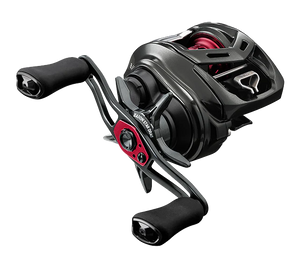 Vendor:Daiwa
Vendor:DaiwaDaiwa PX BF TW 70 Baitcast Reel
Regular price $499.99 CADRegular price -
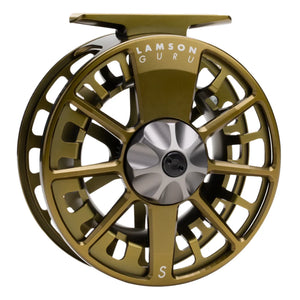 Vendor:Waterworks Lamson
Vendor:Waterworks LamsonLamson Guru S Fly Reel
Regular price From $459.99 CADRegular price -
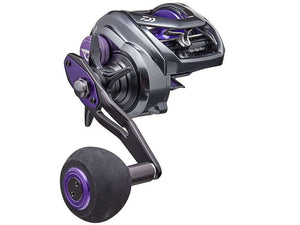 Vendor:Daiwa
Vendor:DaiwaDaiwa Prorex TWS Baitcaster Reel
Regular price $459.99 CADRegular price -
Special Order
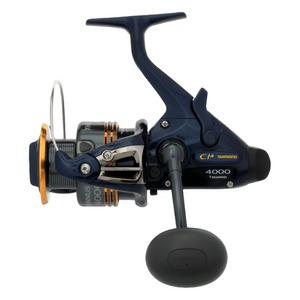
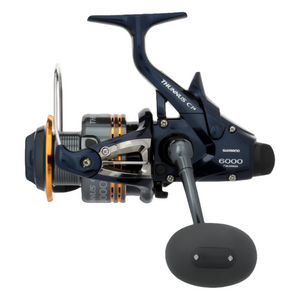 Vendor:Shimano
Vendor:ShimanoShimano Thunnus CI4 Spinning Reel (Special Order)
Regular price From $454.99 CADRegular price -
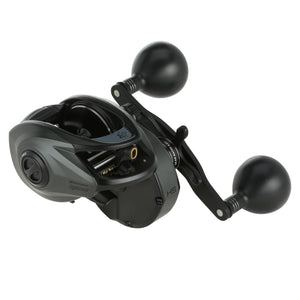
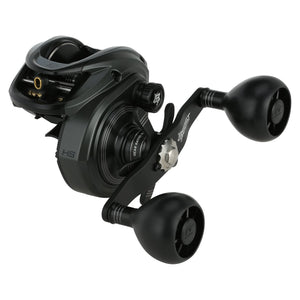 Vendor:Abu Garcia
Vendor:Abu GarciaAbu Garcia Beast 300 Low Profile Reel
Regular price $449.99 CADRegular price -
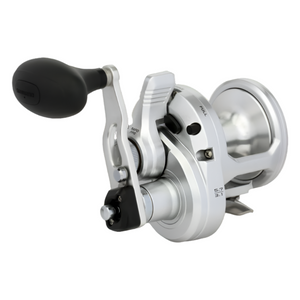
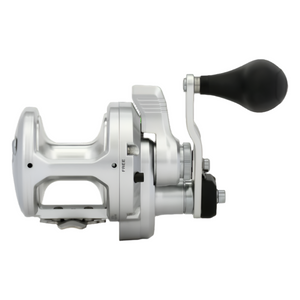 Vendor:Shimano
Vendor:ShimanoShimano Speedmaster II Trolling Reel
Regular price From $439.99 CADRegular price -
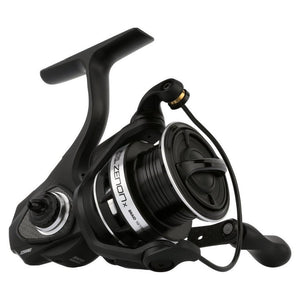
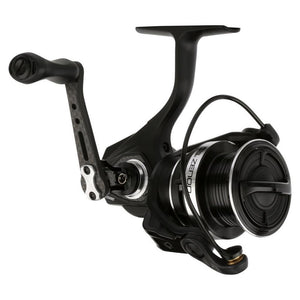 Vendor:Abu Garcia
Vendor:Abu GarciaAbu Garcia Zenon X Spinning Reel
Regular price $439.99 CADRegular price -
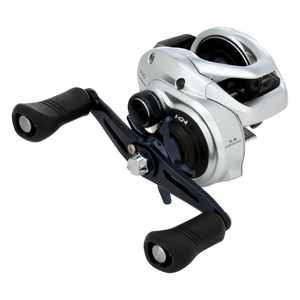
 Vendor:Shimano
Vendor:ShimanoShimano TranX "A" Baitcaster Reel
Regular price From $439.99 CADRegular price -
Special Order
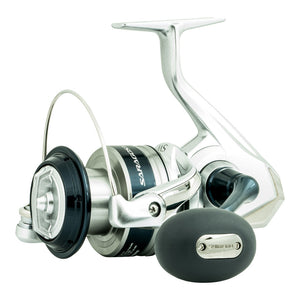
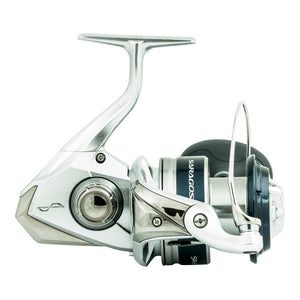 Vendor:Shimano
Vendor:ShimanoShimano Saragosa SW A Spinning Reel
Regular price From $429.99 CADRegular price -

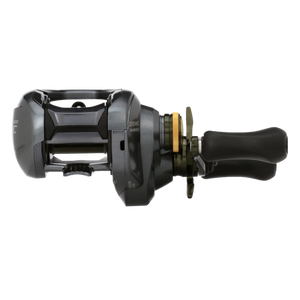 Vendor:Shimano
Vendor:ShimanoShimano Curado DC 200
Regular price $429.99 CADRegular price -
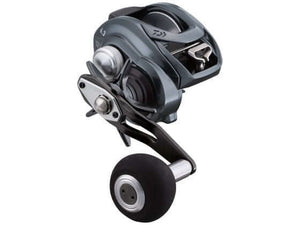
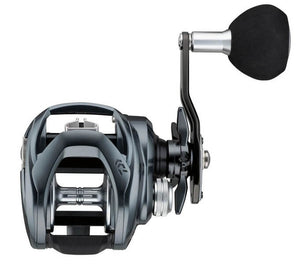 Vendor:Daiwa
Vendor:DaiwaDaiwa Lexa TW Baitcaster Reel
Regular price From $429.99 CADRegular price -
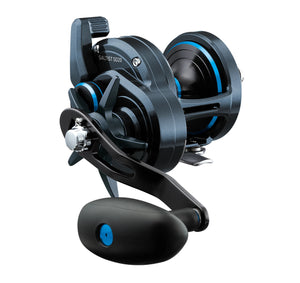 Vendor:Daiwa
Vendor:DaiwaDaiwa Saltist SD Saltwater Reel
Regular price From $419.99 CADRegular price -
 Vendor:Waterworks Lamson
Vendor:Waterworks LamsonLamson Remix S-Series HD Fly Reel
Regular price $419.99 CADRegular price -
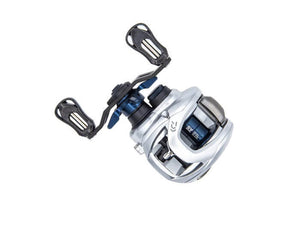
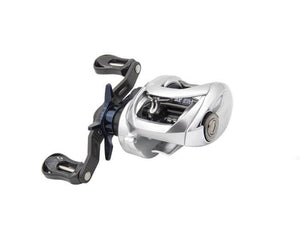 Vendor:Daiwa
Vendor:DaiwaTatula SV TW 103 Limited Baitcaster Reel
Regular price $399.99 CADRegular price -

 Vendor:Abu Garcia
Vendor:Abu GarciaAbu Garcia Revo 5 Rocket Baitcaster reel
Regular price $399.99 CADRegular price -

 Vendor:Abu Garcia
Vendor:Abu GarciaRevo Toro Beast Baitcaster Reel
Regular price $399.99 CADRegular price -
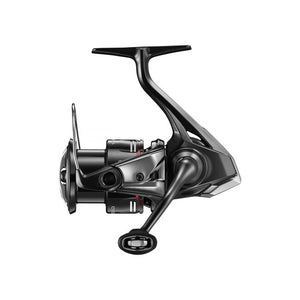 Vendor:Shimano
Vendor:ShimanoShimano Vanford A Spinning Reel
Regular price From $389.99 CADRegular price -
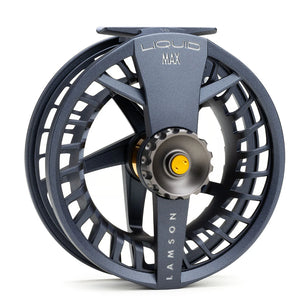 Vendor:Waterworks Lamson
Vendor:Waterworks LamsonLamson Liquid Max Fly Reel - Cadet
Regular price From $389.99 CADRegular price -
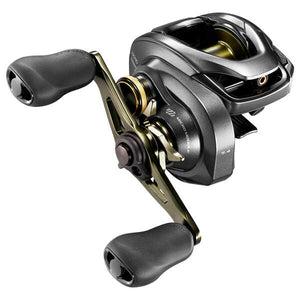 Vendor:Shimano
Vendor:ShimanoShimano Curado DC 150
Regular price $389.99 CADRegular price -
 Vendor:Daiwa
Vendor:DaiwaDaiwa Tatula 300 Baitcaster Reel
Regular price $389.99 CADRegular price
What Are Fishing Reels?
Fishing reels are mechanical devices used to manage fishing lines and assist in catching fish. Reels work in tandem with fishing rods to cast and retrieve lines while also managing the resistance of a catch.
Picking the right reel depends on the fishing method, target species, and personal skill level. Your decision will impact your success with both casting and reeling in a fresh catch.
Types of Fishing Reels and Their Uses:
1. Spinning Reels:
- Used For: Versatile, accommodating light to medium fishing applications.
- Best For: Ideal for anglers of all skill levels, especially beginners due to its ease of use and versatility.
- Fishing Types: Perfect for freshwater fishing, inshore fishing, and targeting smaller saltwater species.
- Additional Information: Allows for using a wide variety of baits and lures, and offers superior comfort and convenience in casting and retrieving the line.
2. Baitcasting Reels:
- Used For: Geared towards medium to heavy fishing applications.
- Best For: Suited for experienced anglers who seek advanced control and accuracy in their casts.
- Fishing Types: Great for targeting larger freshwater and some saltwater species, often used in competitive bass fishing.
- Additional Information: Though it requires some practice to master, it gives skilled anglers precision and efficiency unmatched by other reel types.
3. Fly Fishing Reels:
- Used For: Specifically designed for the unique needs of fly fishing.
- Best For: Those targeting fish in various water bodies but predominantly rivers and streams.
- Fishing Types: Mainly for capturing trout, salmon, and other similar freshwater species.
- Additional Information: Crafted to handle lightweight lures and provides smooth and reliable drag systems to protect light tippets.
4. Trolling Reels:
- Used For: Offshore or Great Lakes fishing.
- Best For: Ideal for anglers who target large, deep-water fish species.
- Fishing Types: Mainly used for capturing deep-water fish such as salmon, marlin, and tuna.
- Additional Information: Built for endurance and strength, ensuring you can handle the weight and fight of big fish in deep waters.
5. Centerpin Reels:
- Used For: Float fishing, particularly in rivers.
- Best For: Experienced anglers seeking a smooth and free-spooling reel experience.
- Fishing Types: Primarily used for targeting steelhead and salmon in rivers.
- Additional Information: Offers a direct connection with the fish, providing an exciting and hands-on fishing experience.
6. Ice Fishing Reels:
- Used For: Exclusively for ice fishing.
- Best For: Anglers who enjoy fishing in frozen water bodies.
- Fishing Types: Targeting various species, predominantly perch and walleye.
- Additional Information: Designed to perform in extreme cold conditions, offering specialized features for ice fishing needs.
7. Musky Reels:
- Used For: Specifically designed for catching Muskellunge (Musky).
- Best For: Anglers targeting the large, strong, and aggressive Musky fish.
- Fishing Types: Primarily Musky, offering the strength and durability needed for these large predator fish.
- Additional Information: Ensures smooth drag and sufficient line capacity to manage the long runs and the powerful fight of a Musky.
On top of choosing the right reel type, you also need to consider different brands. Evaluate the price points and characteristics of leading brands, such as comparing Daiwa reels to Shimano reels. Evaluate materials, technologies, and costs to make your decision.
Shop Angling Sports Selection of Reels
Finding the perfect reel is crucial as it enhances your entire angling experience by optimizing performance and increasing the chances of a successful catch. From versatile Daiwa spinning reels, to precise Shimano baitcasting reels, each type is tailored for specific angling needs and fish species.
Angling Sports carries dependable fishing reels suitable for experienced and beginner anglers alike. Shop our selection today to find the right reel for your needs and budget.
FAQs About Fishing Reels
How do I choose the right fishing reel?
How do I choose the right fishing reel?
How long does a fishing line last on a reel?
How long does a fishing line last on a reel?
Where can I buy Daiwa reel parts?
Where can I buy Daiwa reel parts?
What does “4000” mean on a spinning reel?
What does “4000” mean on a spinning reel?
What is the best spinning reel?
What is the best spinning reel?
What are the different types of fishing reels?
What are the different types of fishing reels?
What type of fishing reel is most accurate for casting?
What type of fishing reel is most accurate for casting?
Which fishing reel is easiest to use, especially for beginners or children?
Which fishing reel is easiest to use, especially for beginners or children?
What are the main differences between spinning and baitcasting reels?
What are the main differences between spinning and baitcasting reels?
Not sure what reel is best for you?
For advice on selecting the right type of fishing reel, contact the experts at Angling Sports.





























